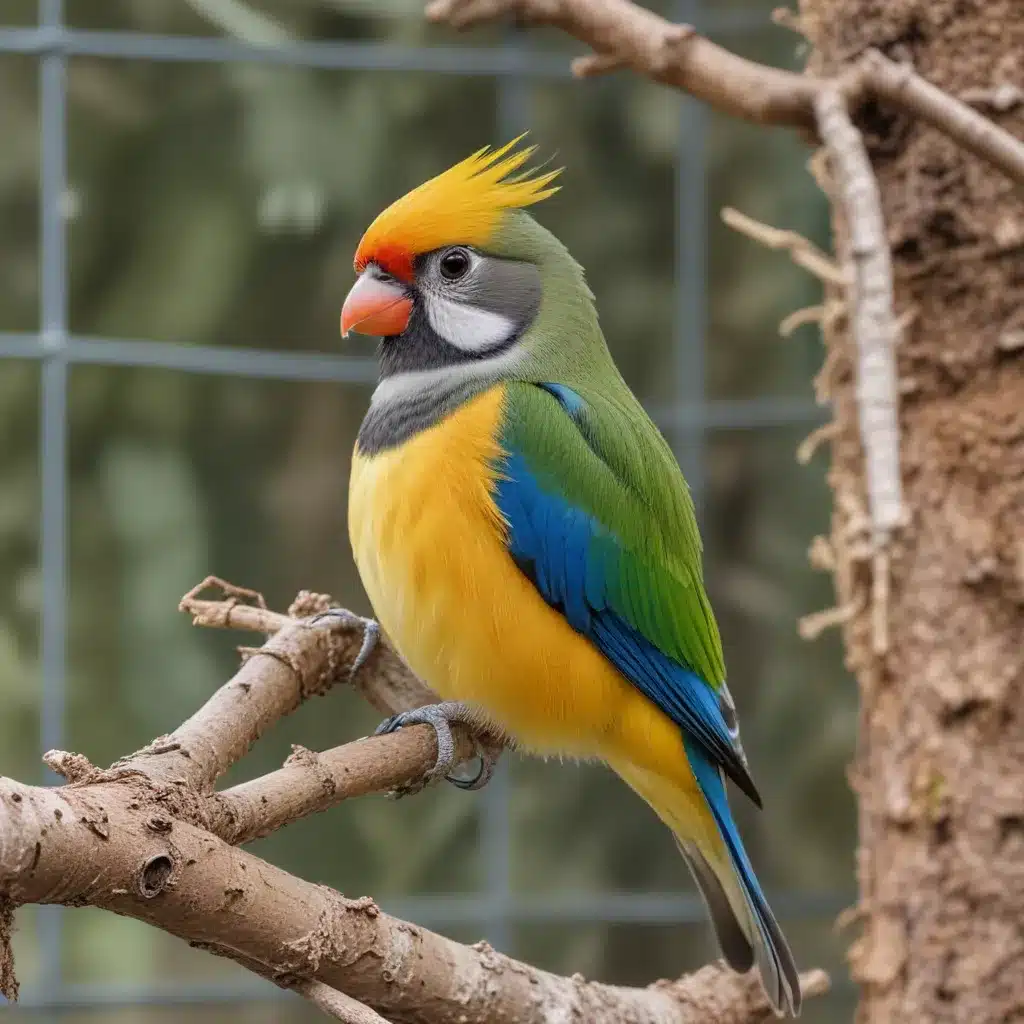
Avian Behavior and Enrichment: Fostering Natural Behaviors in Captive Birds
As an experienced avian caretaker and expert in bird species, breeding, care, habitat setup, nutrition, health, training, exotic species management, behavior interpretation, adoption practices, enrichment techniques, safety protocols, seasonal care, FAQs, customer testimonials, bird rescue, product assessments, travel advice, debunking myths, and events/news in the avian community, I’m excited to share insights on the importance of avian enrichment and how it can foster natural behaviors in captive birds.
Avian Ethology
Avian ethology, the study of bird behavior, is a fascinating field that reveals the incredible adaptations and social complexities of our feathered friends. Understanding the underlying drivers of avian behavior is crucial for providing appropriate enrichment and care.
Behavioral Adaptations
Birds have evolved an array of remarkable behavioral adaptations to thrive in diverse environments. From the complex nest-building rituals of weaver birds to the dynamic flocking patterns of starlings, each species has developed specialized behaviors to meet their ecological needs. Captive birds may still retain many of these natural impulses, even if the physical environment doesn’t fully accommodate them.
Social Dynamics
Avian social structures are often remarkably intricate, with species exhibiting complex hierarchies, pair bonding, and flock dynamics. Parrots, for example, are highly social creatures that form strong emotional bonds within their flocks. Providing opportunities for captive birds to engage in natural social interactions, whether with conspecifics or their human caretakers, can have a profound impact on their well-being.
Cognition and Learning
Numerous studies have demonstrated the impressive cognitive abilities of birds, from problem-solving skills to innovative tool use. Captive birds, when given the right stimuli, can exhibit remarkable feats of intelligence and adaptability. Incorporating enrichment that challenges their problem-solving abilities and encourages learning can tap into these natural capacities.
Enrichment Strategies
Enrichment, the process of providing captive animals with stimulating environments and activities, is a cornerstone of modern avian husbandry. By tailoring enrichment to the unique needs and behaviors of each species, we can foster natural behaviors and promote overall well-being.
Environmental Complexity
Recreating the physical complexity of a bird’s natural habitat is a crucial aspect of enrichment. This can involve providing a variety of perches, nesting materials, foraging opportunities, and even elements that encourage flight and climbing. At Mika Birds Farm, we strive to design enclosures that mimic the intricate structures found in the wild, allowing our feathered residents to express their natural behaviors.
Foraging Opportunities
Foraging is a fundamental behavior for many bird species, and captive environments should provide ample opportunities for this instinctive activity. Scatter-feeding, hiding food items, and presenting puzzle feeders can stimulate a bird’s natural foraging drive, keeping them physically and mentally engaged.
Sensory Stimulation
Birds possess an array of sensory capabilities, and enrichment should cater to these diverse sensory needs. Incorporating elements that engage a bird’s visual, auditory, olfactory, and even tactile senses can provide a more immersive and stimulating experience. For example, introducing novel textures, playing species-appropriate vocalizations, or providing access to natural sunlight can all contribute to a bird’s overall well-being.
Captive Bird Welfare
Ensuring the well-being of captive birds is a crucial responsibility for avian caretakers. By monitoring both physiological and psychological indicators, we can strive to meet the unique needs of each individual.
Physiological Indicators
Physical signs, such as feather condition, body weight, and overall appearance, can provide valuable insights into a bird’s health and nutritional status. Regular veterinary check-ups and diligent monitoring of these physiological markers can help identify any potential issues and guide appropriate interventions.
Psychological Well-being
Evaluating a bird’s behavioral repertoire and emotional state is equally important for assessing their overall welfare. Observing natural behaviors, social interactions, and any signs of stress or abnormal behaviors can shed light on a bird’s psychological well-being. Providing enrichment that addresses these needs can have a profound impact on a captive bird’s quality of life.
Abnormal Behaviors
In captive environments, birds may develop maladaptive behaviors, such as feather plucking, excessive vocalization, or stereotypic pacing. These abnormal behaviors can be indicators of underlying issues, such as stress, boredom, or a lack of appropriate outlets for natural behaviors. Addressing the root causes through targeted enrichment and husbandry practices can help mitigate these concerning behaviors.
Natural Behavior Facilitation
The ultimate goal of avian enrichment is to facilitate the expression of natural behaviors, allowing captive birds to thrive and fulfill their innate needs.
Habitat Design
Thoughtful habitat design is crucial for supporting a bird’s natural behaviors. Incorporating features like perches, nesting sites, and foraging opportunities can encourage species-specific activities, such as climbing, nest-building, and food-seeking. At Mika Birds Farm, our aviary designs prioritize creating complex, naturalistic environments that cater to the unique needs of each resident species.
Activity Budgets
Observing a bird’s activity budget, or the distribution of time spent on various behaviors, can provide valuable insights for tailoring enrichment strategies. Understanding how a bird allocates its time to activities like resting, feeding, preening, and social interactions can help identify areas where enrichment can be most impactful.
Behavioral Monitoring
Ongoing behavioral monitoring is essential for evaluating the effectiveness of enrichment programs and making adjustments as needed. Carefully observing a bird’s behavioral repertoire, including any changes in response to new enrichment, can guide future enrichment planning and ensure the continuous well-being of our feathered companions.
In conclusion, avian enrichment is a multifaceted and dynamic field, constantly evolving as we deepen our understanding of bird behavior and welfare. By drawing on the principles of avian ethology, implementing strategic enrichment strategies, and prioritizing captive bird well-being, we can create environments that allow our feathered friends to thrive and express their natural behaviors. At Mika Birds Farm, we are dedicated to pushing the boundaries of avian care, constantly seeking new ways to enhance the lives of the birds in our charge. Through a combination of scientific insights, practical experience, and a genuine love for our avian companions, we strive to set the standard for captive bird enrichment and welfare.


